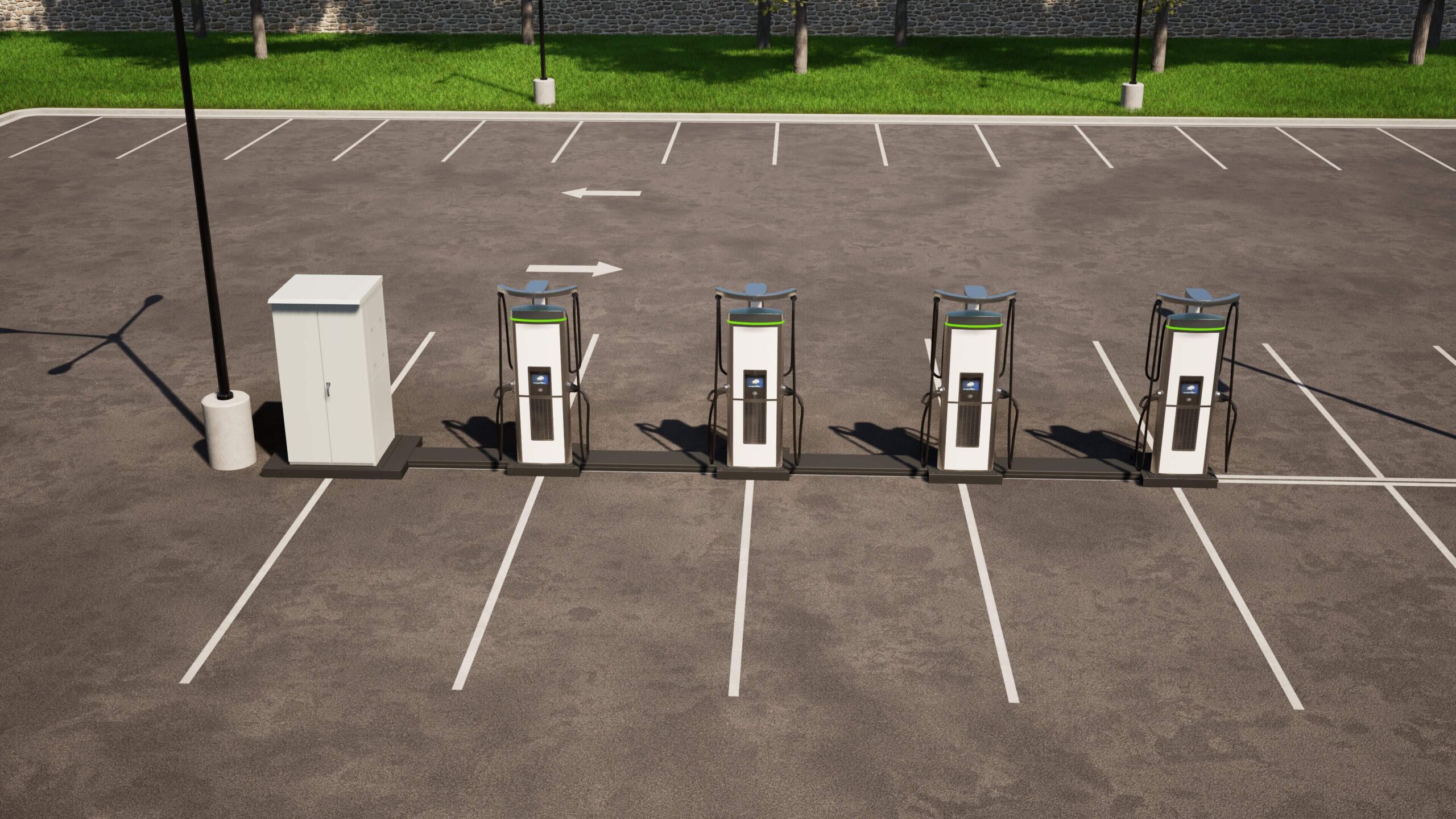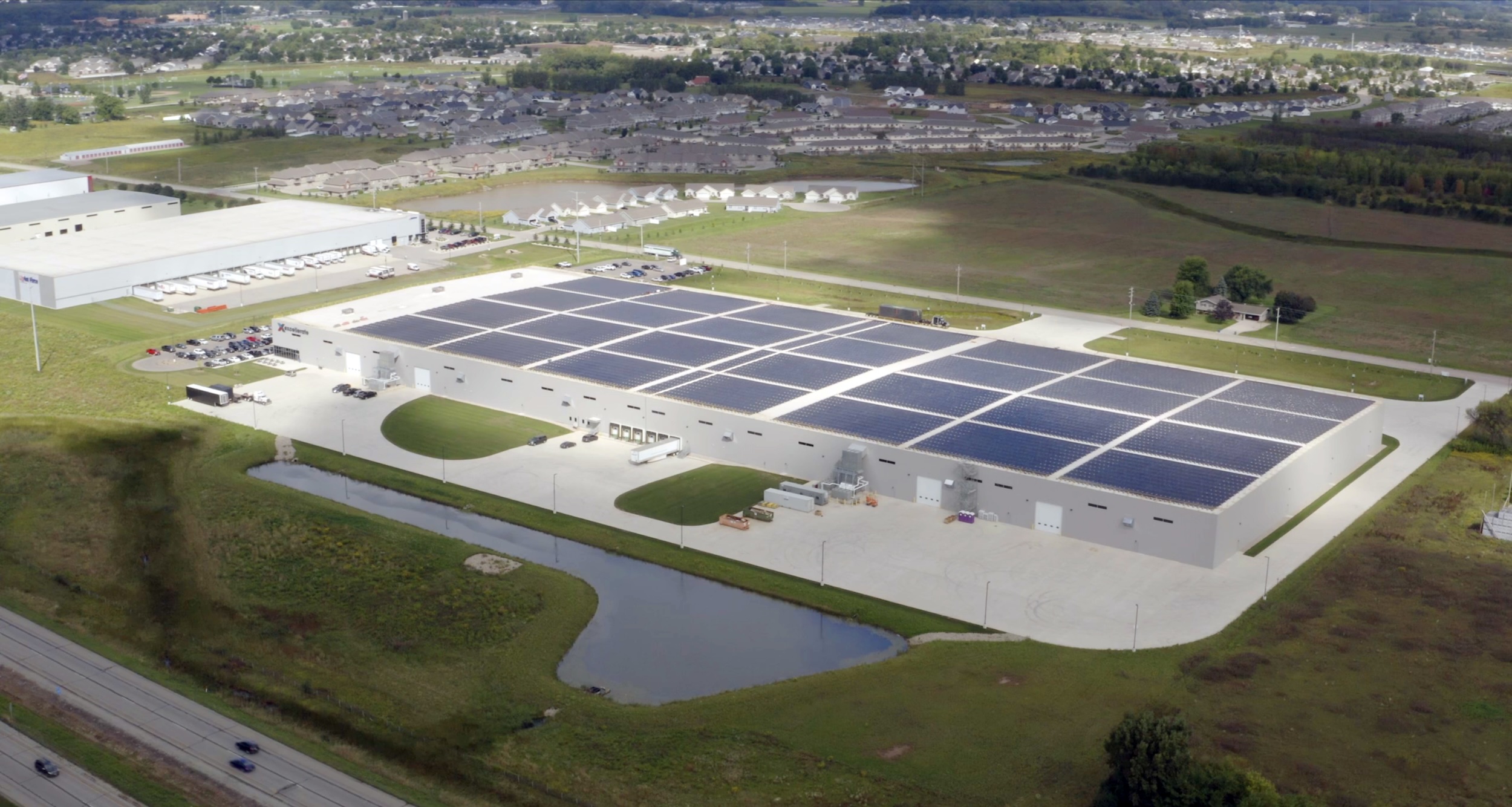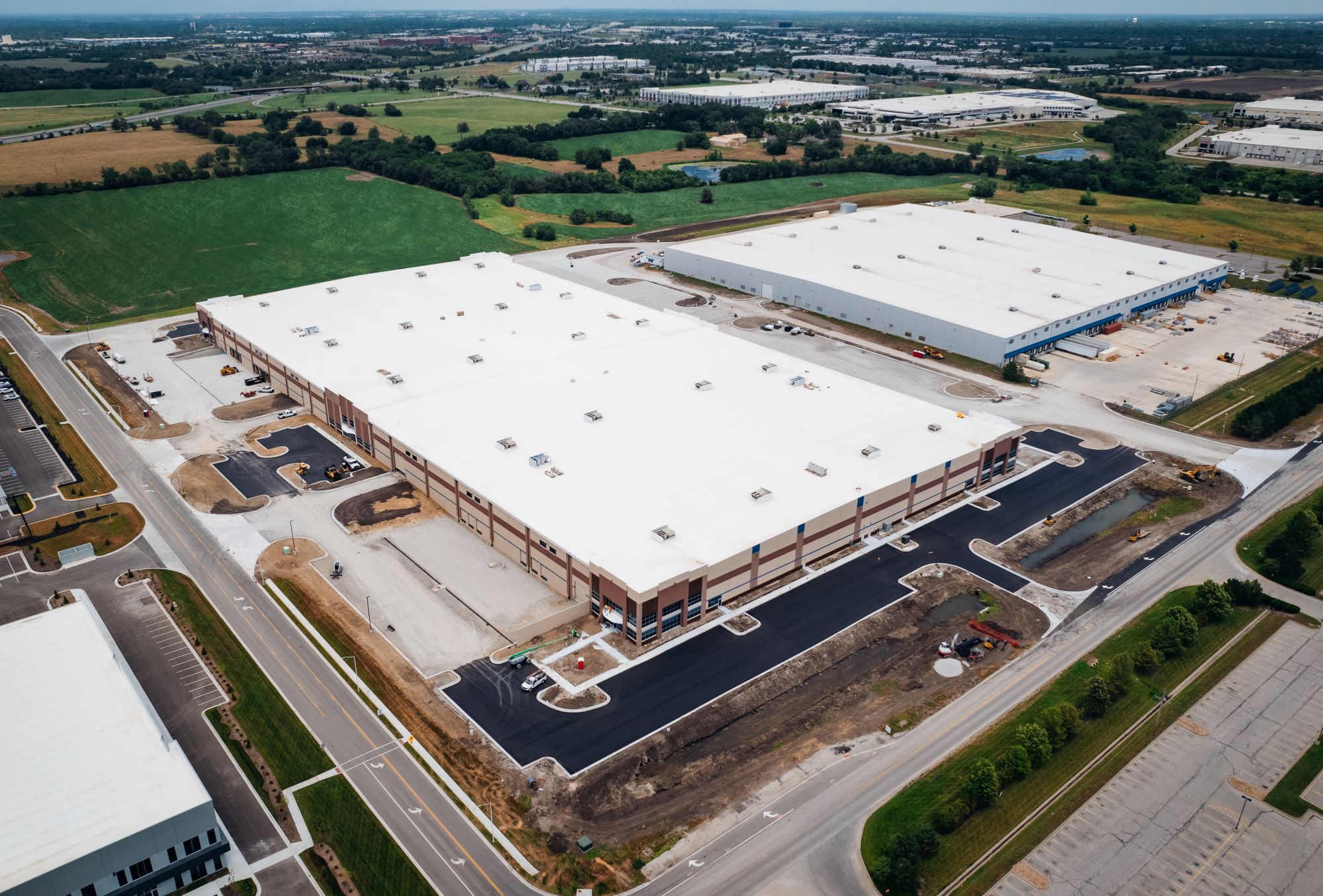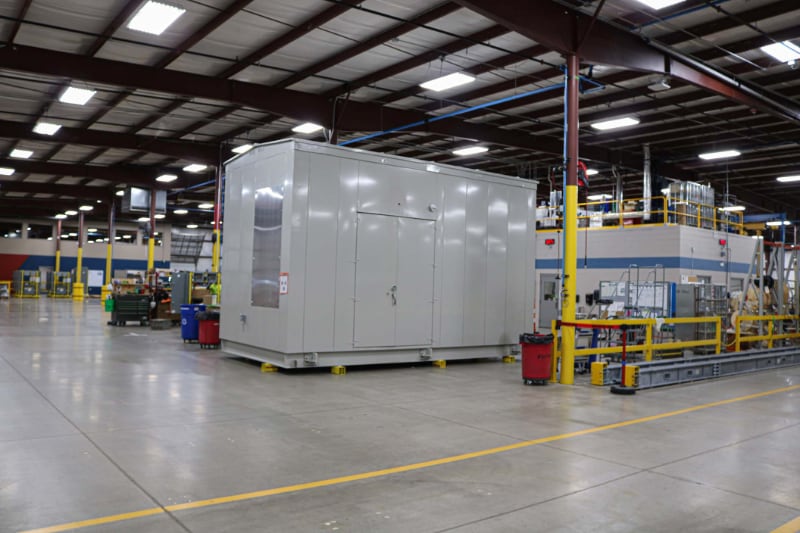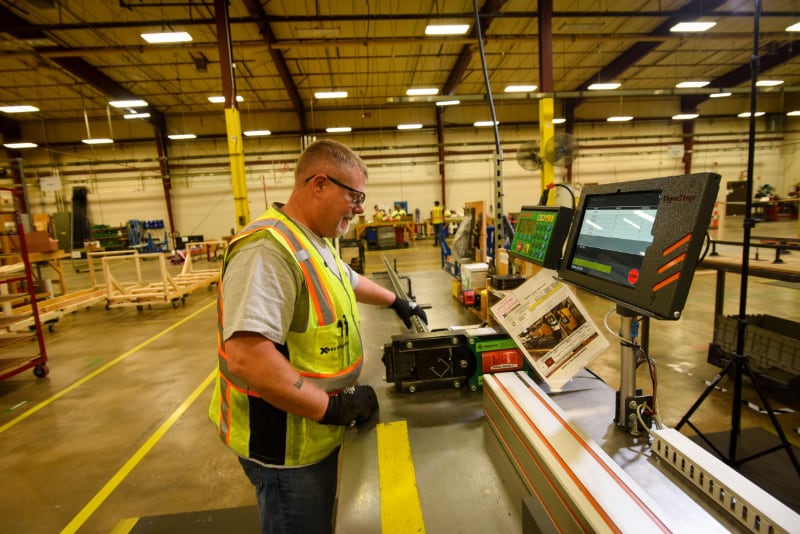
The Demographic Drought
The demographic drought – the significant decline in labor availability – is a mega-trend impacting all industries. In the U.S. in 2022, the gap in the job market between retiring Baby Boomers and entering Gen-Zers was 400,000 workers per year. This gap is projected to grow to a peak of 900,000 workers per year in 2034 and ultimately begin to correct and stabilize in 2045 – and that’s only if Millennial family sizes align with projections. That’s a long time!
Moreover, much of the rest of the world’s working demographic has either already shrunk or is shrinking at a rate faster than the U.S. As a result, companies are reshoring their operations to our country, where the workforce deficit is less. While the increased economic activity from reshoring is welcomed, it stretches an already strained workforce.
For the construction industry, the Industrialized Construction movement provides solutions to navigating this new reality.
Industrialized Construction
Industrialized Construction (IC) is the application of manufacturing principles and digital technology to the construction industry to make planning, design, construction and operations work together. Simply put, it’s the convergence of manufacturing and construction engineering.
Through the application of IC, FTI has experienced productivity improvements exceeding 50% in some cases. These gains have been the result of the convergence of innovations in planning, design, construction and operations. The focus of this blog post is one of these innovation areas, operations – specifically, FTI’s Culture of Care, the Excellerate Operating System and Industry 4.0.
- Culture of Care – In our new reality of the demographic drought, having the right culture is critical to attracting, retaining and engaging talent. More importantly, culture drives performance and creates a positive team experience. At FTI, our Culture of Care makes everyone feel safe, respected, valued and accepted. These are more than just words. Culture of Care is our uncompromised way of operating, and every team member takes a pledge to uphold these values.
- Excellerate Operating System – The Excellerate Operating System is based on the four capabilities of a high-velocity organization, as outlined in Steven Spear’s book, “The High Velocity Edge.” High velocity organizations excel in rapidly adapting to change, innovating and achieving outstanding performance.
- Capability 1: System design and operation. A good system design creates a system of dynamic discovery by highlighting and revealing problems. Through process engineering, work is broken down into standard work packages identifying the detailed sequence, cycle times, materials, tools and skills. Work packages are then assembled into production flows balanced to takt time and supported by material pull systems, error-proofing and visual cues designed to prevent defects and highlight problems. Production schedules are level-loaded through takt planning.
- Capability 2: Problem solving. When the system visually reveals a problem, Excellerate team members swarm, contain, diagnose and solve problems to form new knowledge. Problem solving occurs at the source (i.e “go see”) using the plan-do-check-act (PDCA) problem solving method, and decisions are made using the Choosing By Advantages (CBA) decision making method. Organizational learning is created by driving the results of problem solving into updates to the system design.
- Capability 3: Knowledge sharing. New knowledge gained from problem-solving efforts by one team is shared to other teams in a “copy and improve” fashion. In this method, the receiving team simply copies, or takes the gain. When that team finds a way to improve on the gain, they share it to other teams who “copy and improve.” In this way, gains are realized quickly across the entire system.
- Capability 4: Developing capabilities one, two and three in others. The role of the leader is to bind the system together and continuously develop capabilities one, two and three in others. Leaders teach how to make a good system design, guide the problem-solving process, encourage knowledge sharing and drive continuous improvement. When leaders teach and engage, everyone contributes to the growth of the organization.
- Industry 4.0 – Industry 4.0 represents the ongoing digital transformation of industrial processes hallmarked by a convergence of technologies including the Internet of Things (IoT), cloud computing, analytics, and AI and machine learning. Through the Excellerate Operating System, we deploy technology that supports the people and processes deployed across the enterprise. Successful implementations of the technology include smart building controls, connected tooling, robotics, data analytics and vision AI. With the backdrop of the demographic drought, technology deployment is key to sustainment and growth more than ever before.
In an era marked by labor shortages and workforce challenges, the construction industry stands at a critical juncture. The demographic drought, fueled by retiring Baby Boomers and a smaller Gen-Z workforce, necessitates innovative solutions. Enter Industrialized Construction, where manufacturing principles and digital technology converge to reshape the future of building.
FTI’s journey exemplifies the potential of this movement. By integrating planning, design, construction and operations, we’ve achieved remarkable productivity gains. Our Culture of Care fosters a positive team experience, while the Excellerate Operating System and Industry 4.0 drive efficiency and responsiveness.
As we navigate this new reality, embracing Industrialized Construction isn’t just a choice; it’s a strategic imperative. By bridging the workforce gap and optimizing processes, we can build a resilient and sustainable industry—one that thrives even amidst demographic challenges.





